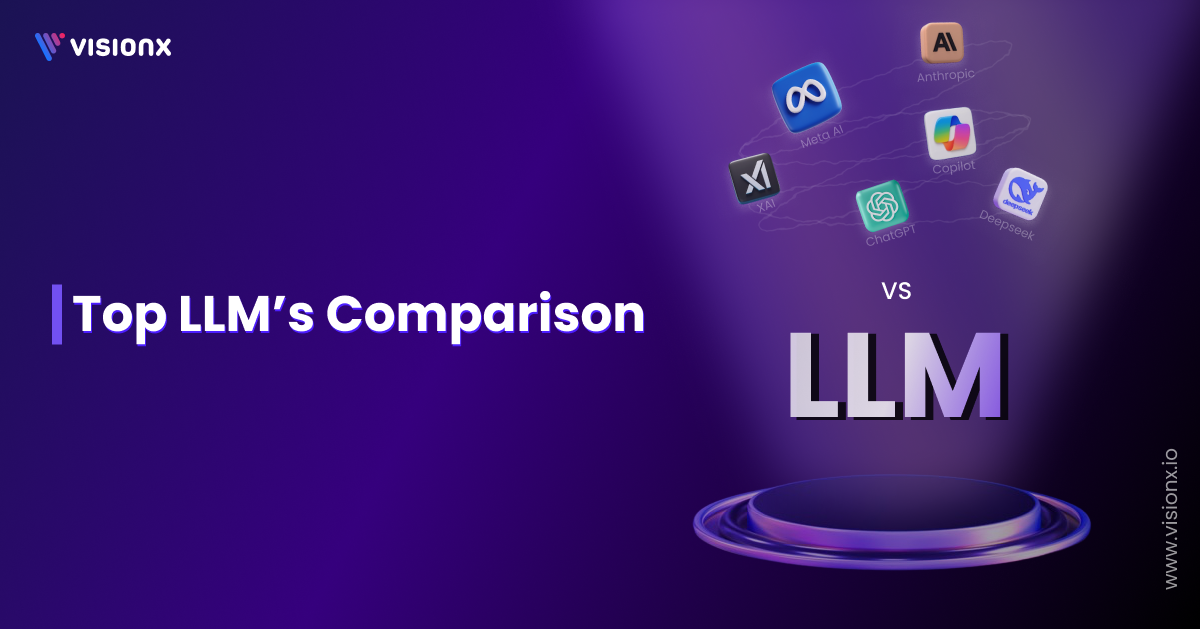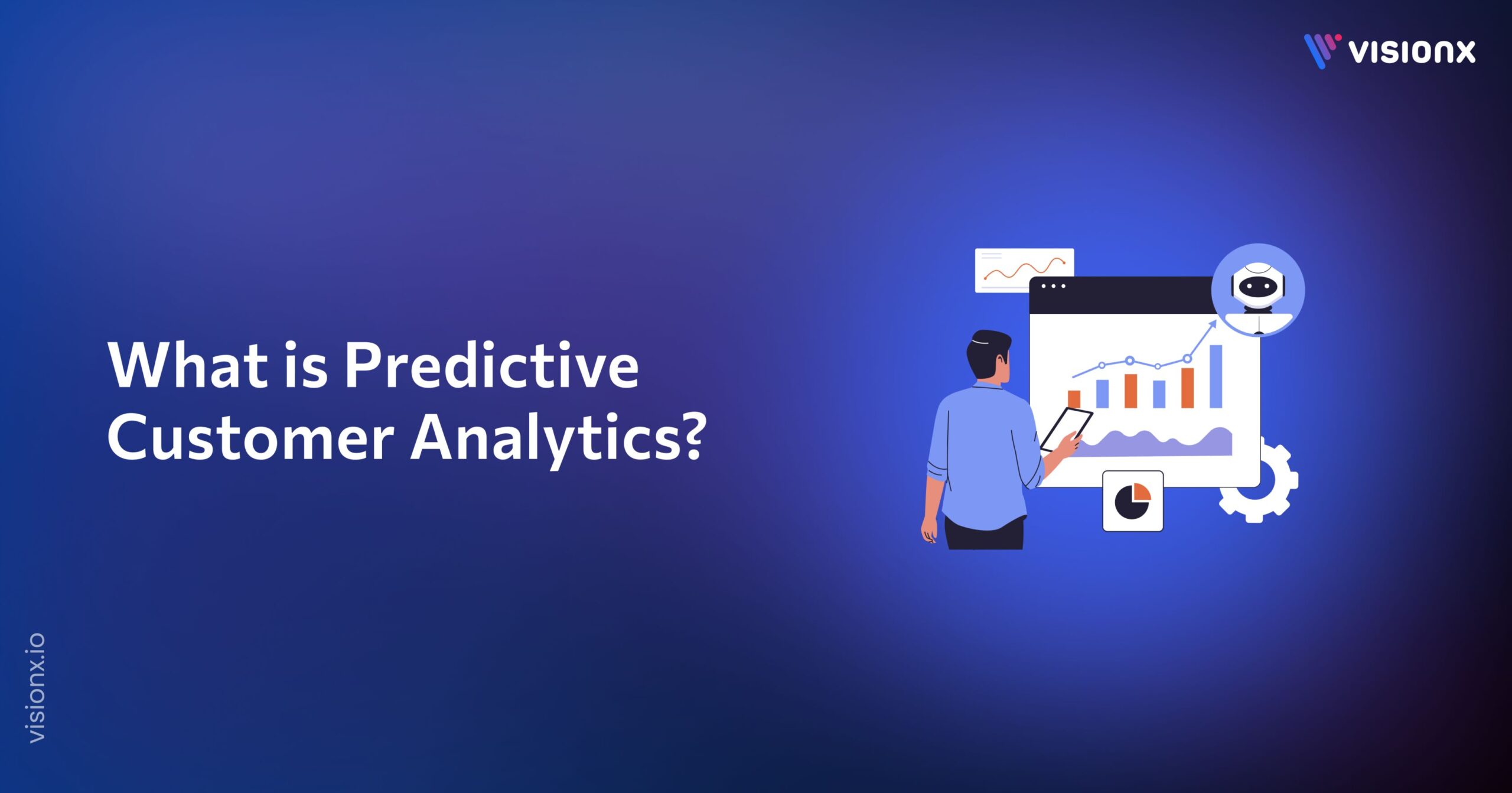Large Language Models’ (LLMs) ability to understand, respond, and produce human language is upending every business model across all sectors of the economy. LLMs have multiple applications, ranging from deploying chatbots to serve customers to empowering tool support for research.
LLM models have been recognized as the backbone of any current system that employs artificial intelligence (AI). In the context of an increasing number of LLMs, it is very important to learn their core similarities and differences.
This knowledge is crucial when choosing the correct model for definite ends. Discover the ultimate LLM comparison, exploring features, strengths, and use cases of top models like GPT-4 and BERT to find the best fit for your needs in this blog. This will promote an understanding of the most suitable model for a given work.
What Are Large Language Models?
Large Language Models (LLMs) are highly complex artificial intelligence platforms that can understand and generate human speech. They use deep learning techniques, particularly the transformer model. They are given sufficient amounts of data, making it possible for them to do text generation, translation, summarization, and sentiment analysis.
The technology in LLMs has been utilized in various sectors. However, it is most common in customer service, where chatbots installed on various platforms assist in making diagnoses and finding new drugs. Other sectors include healthcare, where chatbots assist in making diagnoses and finding new drugs. They are also used in legal matters, where they help during document analysis and contract reviews.
Essential Elements for Successful Comparative Analysis
When comparing LLMs, there are many factors that influence whether they will perform well or worse for certain tasks or applications:
- Accuracy & Performance: The quality of the output determines how well the model can understand the input.
- Training Data: The type and quantity of data the model has been exposed to.
- Fine-Tuning and Personalization: The capability of fine-tuning the learned model for specific tasks.
- Speed and Efficiency: How fast does the model process input and generate results?
- Model Size and Scalability: Whether a model is light or computationally intensive.
Comparing the Most Popular LLM Models
Let’s look at some popular large language models along with their features, strengths, and use cases:
1. GPT-4 (Open AI):
The latest addition from Open AI regarding language models is GPT-4. It is the generation subsequent to GPT-3. It generates writing that sounds like it was written by a human using deep learning algorithms.
Features:
- Advanced language generation.
- Improved contextual understanding and coherence.
- It can do creative tasks and generate stories and dialogues.
Strengths:
- High Accuracy and Fluency of generated text.
- It can be very useful for various purposes.
- Very suitable for long conversations with retained context.
Use Cases:
- Content creation for blogs, articles, and scripts.
- Chatbots and customer support automation.
- To aid in the writing and generation of codes.
- Education tools and tutoring systems.
2. BERT:
BERT is a transformer-based model that makes use of the context of words in a sentence, considering both left and right directions. It is efficient in tasks related to understanding natural languages.
Features:
- Processing context in both directions.
- Ability to adjust for certain tasks.
- Ability to work with raw text.
Strengths:
- Great capabilities with respect to tasks based on understanding factors deeply hidden.
- Very good for tasks like sentiment classification and even question answering.
Use Cases:
- Search Engine Optimization (improving the quality of search results).
- Social media or any other feedback sentiment classification.
- Named entity recognition and information extraction.
3. PaLM 2 (Google):
PaLM 2 is an advanced language model developed by Google. This model is taking a deep plunge into enhancing reasoning capabilities and thus providing multilingual support to serve all complex tasks.
Features:
- Robust reasoning.
- Multilingual text processing.
- Better support for coding and programming-related tasks.
Strengths:
- Exceptional performance in multi-layered reasoning challenges.
- Strong multilingual support.
Use Cases:
- Research and development in almost all sectors.
- Multilingual support in customer care.
- Programming assistant for developers.
4. LLaMA 2 (Meta):
Meta, previously known as Facebook, has created a language model called LLaMA 2 that prioritizes efficiency and cost-saving without compromising performance.
Features:
- Smaller in model size. Easier to deploy and use.
- Fast inferences, cutting-edge performance.
- Openly accessible for researchers and developers.
Strengths:
- Economic options for small businesses with low budgets.
- Efficient processing for real-time applications.
Use Cases:
- Business applications for firms of medium or small size.
- Solutions for real-time customer assistance.
- Academic research and experimentation.
5. Claude (Anthropic):
Claude is an artificial intelligence model created by Anthropic with a clear focus on safety and ethical issues in the design process to avoid harmful consequences.
Features:
- Prioritizes values that are human-centered.
- Has a safety net for dangerous responses.
- Can hold interactive dialogues.
Strengths:
- Produces safer results and lowers the chance of generating offensive or dangerous content.
- Ideal for sensitive applications.
Use Cases:
- Educational resources where values are of primary importance.
- Development of health-related services that require interaction that is dependable and secure.
- It uses artificial intelligence for customer service in industries that have strict regulations.
6. Cohere’s Command R:
Command R is a model by Cohere that specializes in retrieval-augmented generation. It can pull in external context to enhance responses.
Features:
- Links with any external sources of data for context.
- Ability to handle elaborate queries and provide comprehensive answers.
Strengths:
- Enhanced performance for tasks requiring up-to-date information.
- Strong in information retrieval and conversational tasks.
Use Cases:
- Customer service where real-time data is critical.
- Research assistance for pulling relevant information.
Key Performance Metrics
| Model | MMLU Score | HumanEval Score | Multilingual Score | Reasoning Score |
| GPT-4 | 88.70% | 76.60% | – | 53.60% |
| BERT | 84.50% | 72.00% | 85.00% | 50.00% |
| PaLM2 | 91.00% | 80.00% | – | 55.00% |
| LLaMA2 | 88.60% | 73.80% | 91.60% | – |
| Claude | 82.10% | 92.00% | 91.60% | 59.40% |
| Cohere’s Command R | 85.00% | 78.50% | – | 52.00% |
Challenges and Limitations of LLMs
Let’s take a look at the five key challenges and limitations of large language models;
1. Prejudice in Results:
Any bias existing in the training data is carried over to the output produced by LLMs, thus giving rise to biased or discriminatory outputs, such as hiring or legal issues.
2. False Information as a Byproduct:
Large language models can generate plausible but incorrect information, which is worrisome because it can lead to the creation of falsehoods.
3. High Resource Requirements:
Large language models are very resource-intensive in terms of computing requirements, which makes them less practical for small companies.
4. No Set Outcomes:
For a given input, users of LLMs may get more than one output, which may prove to be a problem for activities with smaller end results.
5. Interpretability Issues:
LLMs are cryptic, and it is very hard to interpret how they compute certain outputs, which affects one’s trust in such applications.
Future Trends in LLMs Development
The evolution and growth of Large Language Models (LLMs) in the coming years are expected to change the face of artificial intelligence dramatically. Some of the trends are given below, and how VisionX stands as a solution for the trends;
Smaller, More Capable Models
It is anticipated that LLMs will become more compact and efficient in the future, which will allow quicker deployment of these models with less computational power. Such models will be performance-oriented while considering edge devices and weaker hardware.
Ethical AI and Bias Mitigation
The future of LLMs will be geared more toward removing biases and channeling them in ethical ways, especially toward the health and social realms in hiring and legal decisions.
Multimodal Capabilities
LLMs will increasingly support multimodal capabilities; other inputs such as images, audio, and video will be integrated with text to provide richer and more comprehensive applications backed by AI.
Gen AI services provide customization for multimodal systems, enabling organizations to deploy AI services in different forms, such as image detection with textual analysis.
Improved Fine-Tuning and Customization
LLMs will introduce better options for fine-tuning, and organizations will be enabled to use models in different industries or task-specific needs.
Machine learning pipelines make customizing LLMs for particular businesses’ requirements easier and guarantee excellent results across different industries.
Real-Time Adaptability
LLMs will become more adaptive, processing real-time data more efficiently for dynamic applications like customer service and market analysis.
Choosing the Right LLM Model to Drive Your Business Success
When considering large language models (LLMs), several important factors must be evaluated. Start with the goal. What do you want to achieve with the model? Is it for text generation, customer service, or data analysis? Each model has specific strengths; for instance, GPT-4 excels in creative tasks, while BERT is better suited for natural language processing and search optimization.
Next, consider the computational resources available. Larger models typically require substantial infrastructure, which can be costly. In contrast, smaller models like LLaMA 2 are faster and less resource-intensive, making them more accessible for certain applications.
For industry-specific needs, it’s crucial to have options for customization and fine-tuning. This allows you to customize the model to your specific requirements while also controlling biases and ensuring ethical use.
Finally, assess whether the model supports multilingual capabilities or can integrate with real-time data sources. This feature is important for organizations that operate in diverse linguistic environments or require up-to-date information for decision-making. By carefully evaluating these considerations, you can select an LLM that aligns with your organizational goals and resource constraints.
Conclusion
The development of large language models is significantly increasing the potential capabilities of AI technology. Their unprecedented capabilities are applicable in different spheres worldwide.
While GPT-4 dominates in versatility and text generation, other specialized models such as BERT and Claude are best for specific positions such as natural language inference or ethical AI.
In order to best fit the use of the LLMs to a specific purpose, it is important to comprehend their benefits and shortcomings. As the elements of these systems improve, it is imperative to keep up with their progress to fully exploit LLMs for social or academic objectives.


